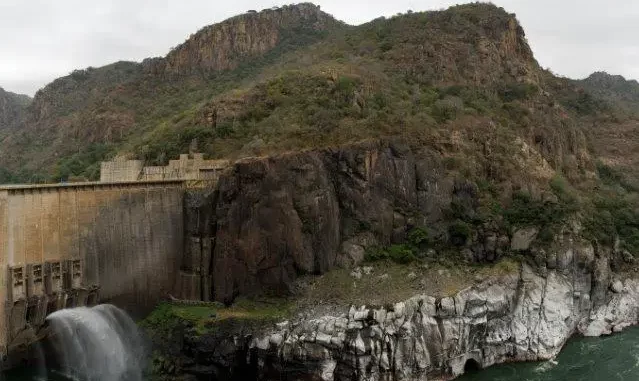
By the end of November, Hidroeléctrica de Cahora Bassa (HCB) had exceeded the annual production target planned for 2023 by 12%, announced the Mozambican company, which this year handed over 187.2 million euros to the State.
In a statement, HCB said it expects to produce more than 15,753 GigaWatt-hours (GWh) by December 31 in 2023, an increase of 1.9% compared to 2022, as a result of “ongoing programs to strengthen the operation and maintenance of hydroelectric generation and transport equipment”, as well as “the hard work of multidisciplinary human resources teams”.
“Exceeding annual energy production, recorded on November 30, 2023, has also resulted in considerable revenues, with an increase of around 29% compared to the same period in 2022, which will contribute to consolidating the company’s economic and financial strength,” explains the chairman of HCB’s board of directors, Tomás Matola, quoted in the same report.
“Until November 2023, our contribution to the national economy and channeled to the Mozambican state was around 13.06 billion meticais [187.2 million euros], corresponding to taxes, concession fees and dividends, in a context in which the company has adopted a new organic and human resources structure, which aims to prepare for the challenges of the national and regional energy sector,” he adds.
HCB adds that financially “it is quite healthy, both in terms of liquidity indicators and in terms of its own revenue generation capacity”, which allows it to “honor its commitments and make investments concerning the expansion and diversification of its business”, namely the reactivation of the North Power Station project, with an estimated capacity of 1,245 MW, and the implementation of a photovoltaic power station project of up to 400 MW, “which is expected to be completed in the next few years”.
The Cahora Bassa reservoir is the fourth largest in Africa, with a maximum length of 270 kilometers and 30 kilometers between banks, occupying around 2,700 square kilometers and an average depth of 26 meters.
